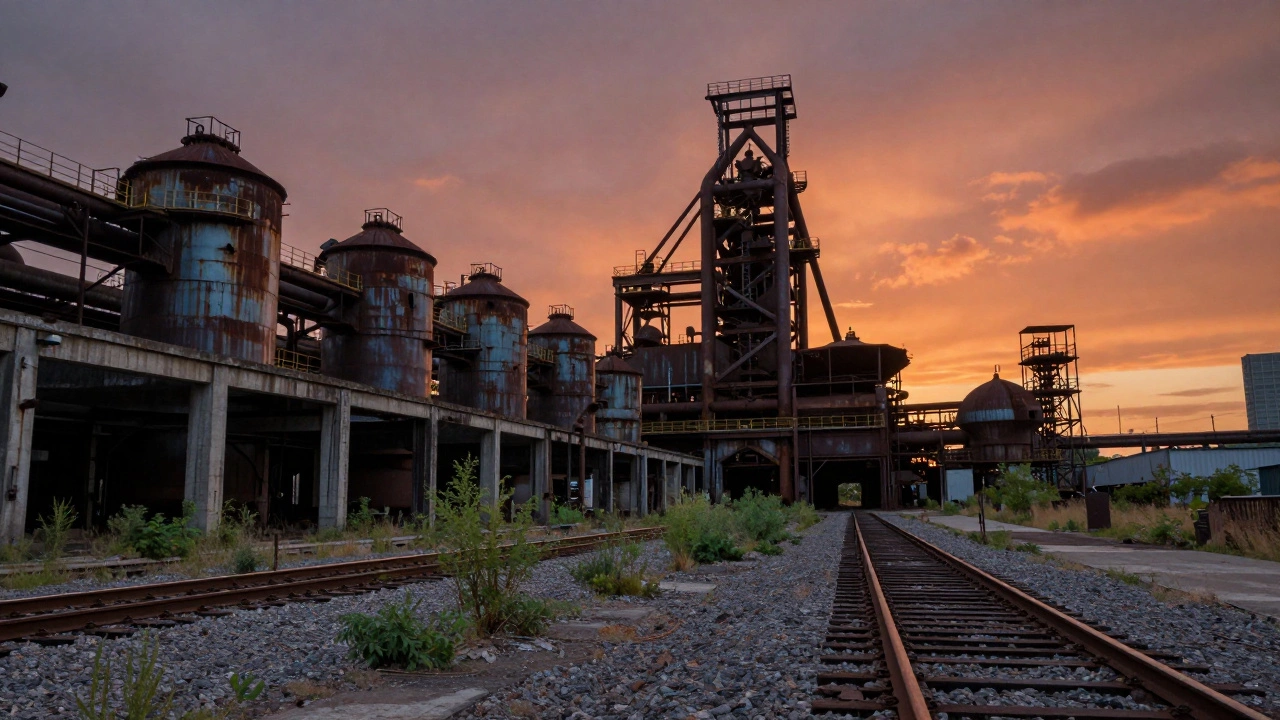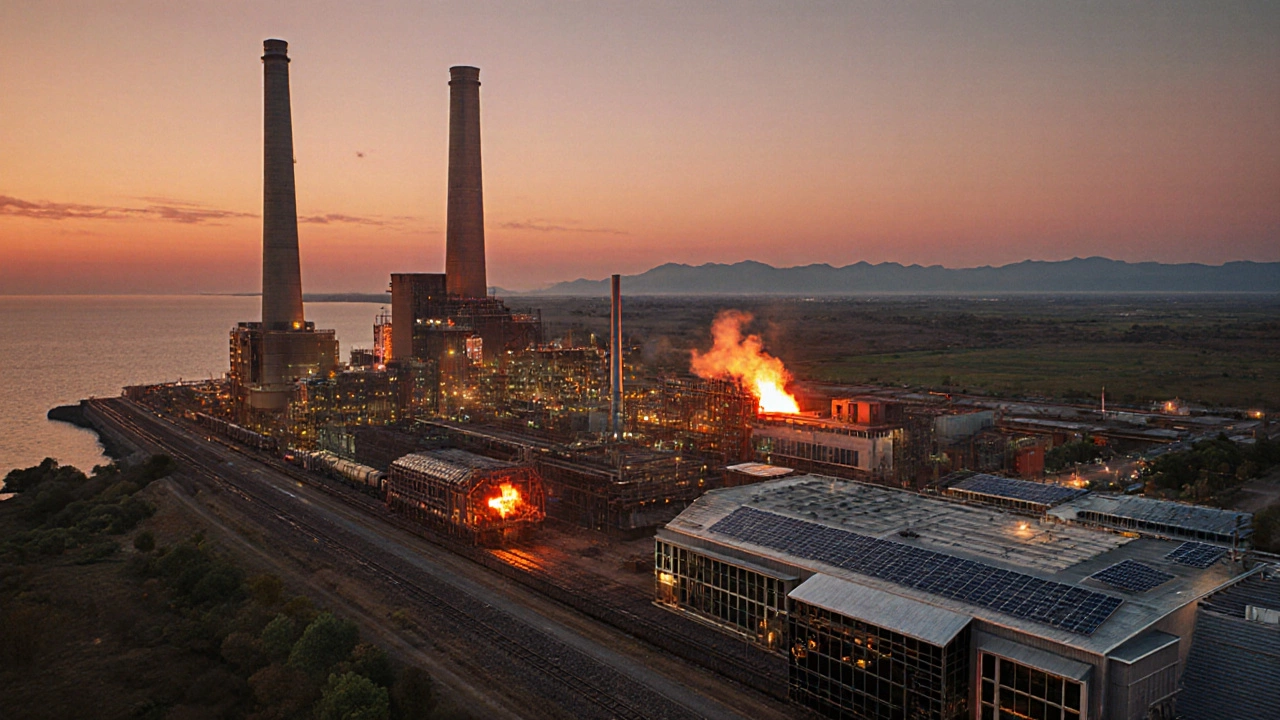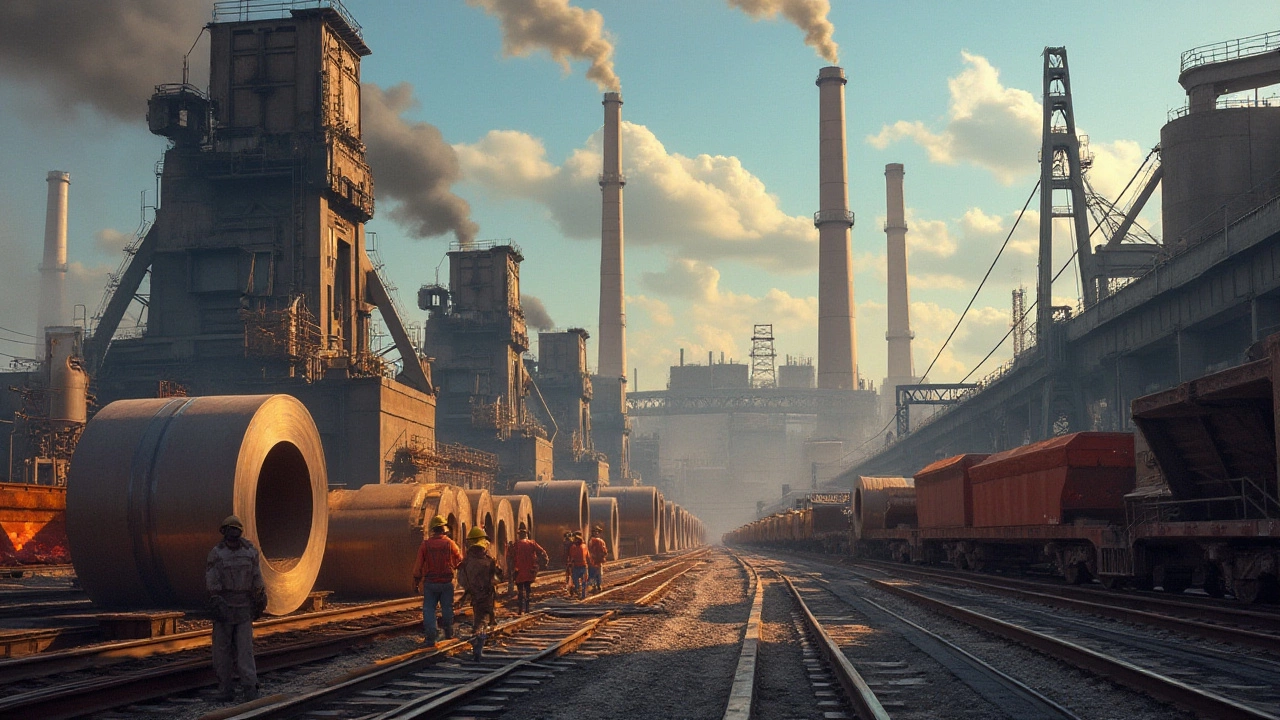Metal Manufacturing: What You Need to Know
Metal manufacturing is the process of turning raw metal into usable parts, from a thin sheet of steel to a heavy-duty pipe. It involves cutting, shaping, heating, and finishing. The goal is to make strong, reliable pieces that fit your project, whether it’s a kitchen appliance or a skyscraper.
Most factories start with large metal rolls or billets. They then use machines like presses, lasers, or CNC routers to shape the material. After shaping, the pieces often go through heat treatment to improve durability. Finally, a coating or paint may be added to protect against rust.
Key Players in Steel Supply
If you need steel, knowing who supplies it matters. In the United States, a handful of companies dominate the market. These suppliers invest heavily in modern plants, quality testing, and logistics. That means you get consistent grades of steel, on‑time delivery, and support for custom orders.
Big names such as Nucor, United States Steel, and Steel Dynamics not only produce raw steel but also offer value‑added services like cutting to size or forming basic shapes. Working with a reputable supplier can save you time and headaches, especially when you’re on a tight schedule.
American vs. Chinese Steel: Real Differences
Many wonder if American steel is really stronger than Chinese steel. The short answer: it depends on the grade and the standards each country follows. U.S. steel usually meets ASTM specs, which are strict about tensile strength, ductility, and impact resistance.
Chinese steel often follows GB standards, which can be a bit more flexible. That flexibility can be an advantage for cost‑sensitive projects, but it may also mean the material isn’t as uniform in high‑stress applications. If you’re building a bridge or a high‑rise, you’ll likely want the tighter tolerances of American steel.
Testing is the final arbiter. A simple bend test or impact test will reveal how a specific batch behaves. When you compare results side by side, you’ll see clear differences in strength and toughness. Those numbers guide you on which steel fits your design criteria.
So, what should you do? First, list the performance requirements of your project. Next, ask suppliers for certification documents and test reports. Finally, match the data to the standards you trust. That way you pick the right steel without guessing.
Metal manufacturing isn’t rocket science, but it does need attention to detail. By understanding the basic steps, knowing the major steel suppliers, and seeing how American and Chinese steel really stack up, you can make smarter choices for any job. Ready to pick the right metal? Start by asking your supplier for the latest test data and see how it fits your plan.
Why Doesn't the US Make Steel Anymore?
The U.S. used to be the world’s top steel producer. Now, most steel is imported. Here’s why American steel mills closed, how foreign competition and outdated tech killed the industry, and whether it can ever come back.
View MoreU.S. Steel Manufacturing Plants: Locations, Major Producers, and Current Trends
Yes-over 120 steel plants operate across the U.S., from integrated mills in the Midwest to EAF facilities in the South. Discover major locations, top producers, trends, and economic impact.
View MoreIs American Steel Stronger Than Chinese Steel? Real Differences That Matter
Curious if American steel really outperforms Chinese steel? We'll break down how both stack up in real-world strength, quality control, and what that means for big projects. This guide covers how each country makes its steel, and dives into testing, standards, and everyday reliability. You’ll also get some real tips on what to look for when picking steel for your next job. No fluff, just clear answers.
View MoreTop Steel Suppliers in the US: An In-Depth Look at Industry Leaders
The steel industry in the United States is bolstered by major suppliers who play a critical role in various sectors such as construction, automotive, and infrastructure. Identifying the largest steel suppliers offers insight into how the industry is structured and which companies benchmark production standards. This article delves into the leading steel suppliers in the US, highlighting their production capabilities, innovations, and strategic advantages that enable them to lead the market.
View More







